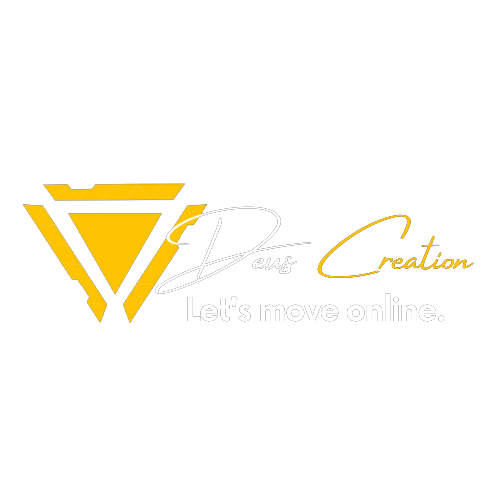Social media is an integral part of any marketing strategy. It allows businesses to connect with their audience and build a loyal following. However, with so many brands vying for attention on social media, it can be challenging to stand out from the crowd. One way to capture your audience’s attention is through creative social media campaigns. In this blog, we’ll explore 10 creative social media campaigns that can inspire your marketing strategy.
Wendy’s #NuggsForCarter Campaign
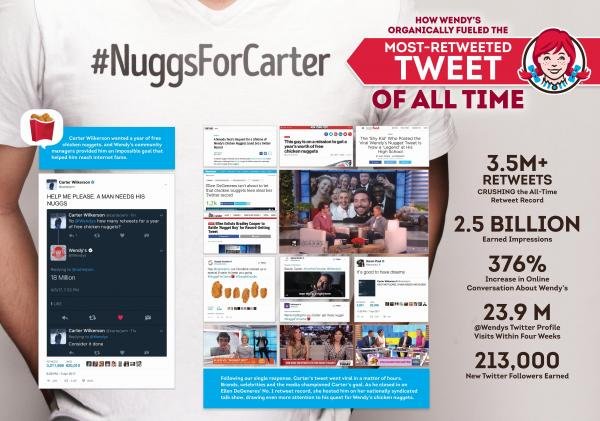
In 2017, Wendy’s launched the #NuggsForCarter campaign, which quickly went viral on social media. The campaign was sparked by a tweet from a teenager named Carter Wilkerson, who asked Wendy’s how many retweets he needed to get in order to receive a year’s supply of chicken nuggets.
Wendy’s responded with a challenge: if Wilkerson could get 18 million retweets, he would receive a year’s supply of chicken nuggets. The tweet quickly gained traction and was shared widely on social media, with celebrities and other brands joining in to support Wilkerson’s quest for free nuggets.
The campaign was a huge success for Wendy’s, generating millions of impressions and increasing brand awareness. Wendy’s also used the opportunity to engage with customers and build its social media following, responding to thousands of tweets and leveraging the viral moment to promote its menu items and values.
The success of the #NuggsForCarter campaign can be attributed to several factors. First, it tapped into a cultural moment and created a sense of excitement and anticipation around a simple challenge. By offering a year’s supply of chicken nuggets as a reward, Wendy’s was able to create a sense of exclusivity and desire among its customers.
Second, the campaign was highly shareable and easily accessible on social media. The hashtag #NuggsForCarter quickly went viral, and many people shared Wilkerson’s original tweet and their own thoughts on the challenge. Wendy’s also leveraged its own social media channels to promote the campaign and engage with customers.
Finally, the campaign was successful because it aligned with Wendy’s brand values and tone of voice. Wendy’s has long been known for its humorous and irreverent approach to social media, and the #NuggsForCarter campaign was no exception. By responding to customers with witty and engaging content, Wendy’s was able to build a strong social media presence and reinforce its brand identity.
Airbnb’s #WeAccept Campaign
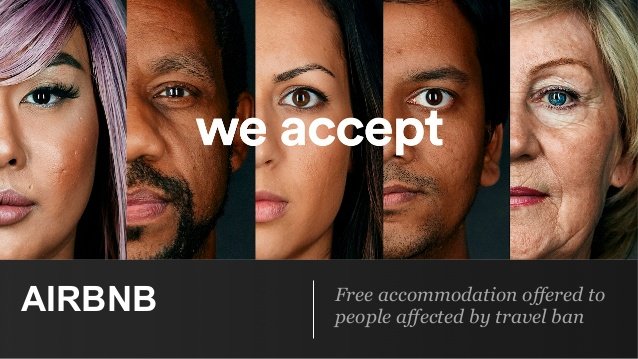
In 2017, Airbnb launched the #WeAccept campaign in response to the political climate and a global refugee crisis. The campaign was designed to promote inclusivity and acceptance of people from all backgrounds and cultures.
The campaign featured a Super Bowl commercial and a series of social media posts that highlighted Airbnb’s commitment to diversity and its mission to bring people together. The campaign encouraged people to share their stories and experiences of hosting and traveling with Airbnb, and to join the movement of acceptance and belonging.
The #WeAccept campaign was a success for Airbnb, generating significant media attention and engagement on social media. The campaign was praised for its positive message and its ability to create a sense of community and belonging among Airbnb users.
The success of the #WeAccept campaign can be attributed to several factors. First, it tapped into a cultural moment and a need for inclusivity and acceptance. By addressing a timely and important issue, Airbnb was able to capture people’s attention and generate a sense of purpose and belonging among its users.
Second, the campaign was designed to be inclusive and participatory. By encouraging people to share their stories and experiences, Airbnb was able to create a sense of community and connection among its users, and to show that it values and celebrates diversity.
Finally, the #WeAccept campaign was successful because it aligned with Airbnb’s values and mission. Airbnb has long been committed to creating a sense of belonging and connection among its users, and the campaign reinforced this message and helped to build trust and loyalty among its customers.
Starbucks’ #RedCupContest Campaign
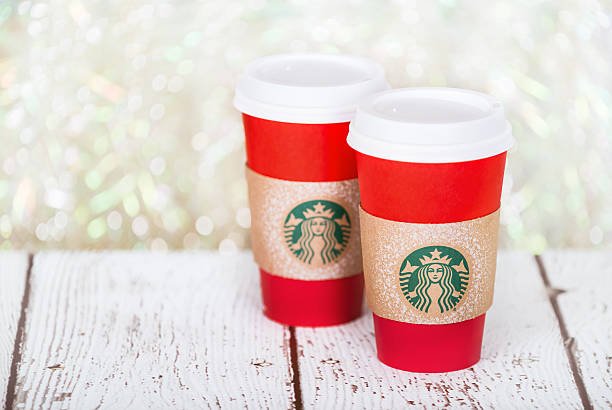
Every year, Starbucks launches its holiday drinks and cups, and in 2014, they launched the #RedCupContest campaign. This campaign was designed to encourage customers to share their Starbucks holiday cup photos on social media, with the chance to win a Starbucks gift card.
The campaign was a huge success, with thousands of customers sharing their festive cup photos on social media, generating millions of impressions for the Starbucks brand. The campaign also helped to drive foot traffic to Starbucks stores, as customers shared their photos and encouraged others to join in the fun.
The success of the #RedCupContest campaign can be attributed to several factors. First, it leveraged the power of user-generated content to promote the Starbucks brand. By encouraging customers to share their own photos, Starbucks was able to create a sense of community and engagement around its brand.
Second, the campaign was timed to coincide with the holiday season, a time when people are feeling festive and excited about the upcoming holidays. By launching the campaign during this time, Starbucks was able to tap into the holiday spirit and generate enthusiasm among its customers.
Finally, the #RedCupContest campaign was successful because it leveraged social media channels in a smart and creative way. Starbucks used its own social media channels to promote the contest and to engage with customers, and it also partnered with influencers and celebrities to help spread the word and encourage participation.
Oreo’s Daily Twist Campaign
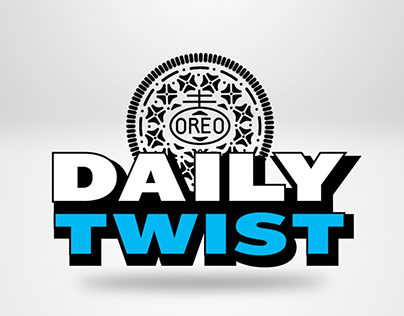
In 2012, Oreo launched its Daily Twist campaign to celebrate the brand’s 100th anniversary. The campaign featured a different Oreo cookie design every day for 100 days, inspired by current events, pop culture, and holidays.
The campaign was a huge success, generating significant media attention and engagement on social media. The Daily Twist designs were shared across various social media platforms, including Facebook, Twitter, and Instagram, and fans were encouraged to share their own Oreo cookie creations using the hashtag #OreoDailyTwist.
The success of the Daily Twist campaign can be attributed to several factors. First, the campaign was designed to be dynamic and interactive, with a new design revealed every day. This created a sense of excitement and anticipation among fans, and encouraged them to stay engaged with the brand throughout the 100-day campaign.
Second, the Daily Twist designs were relevant and timely, tapping into current events and pop culture trends. This made the campaign feel fresh and interesting, and helped to capture people’s attention and generate buzz on social media.
Finally, the campaign was successful because it leveraged the power of social media to create a sense of community and engagement among fans. By encouraging fans to share their own Oreo creations, Oreo was able to create a sense of connection and participation around the brand, and to build a loyal and passionate fan base.
Domino’s Pizza’s Emoji Ordering Campaign
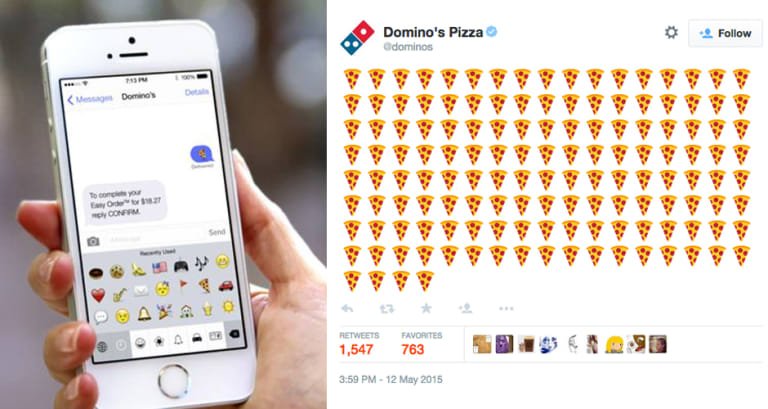
In 2015, Domino’s Pizza launched an innovative social media campaign that allowed customers to order pizza by simply tweeting an emoji. The campaign was called “Easy Order” and it allowed customers to save their favorite pizza orders in their Domino’s Pizza profile, which they could then access by tweeting the pizza emoji to Domino’s Twitter handle.
The campaign was a huge success, generating significant media attention and boosting sales for Domino’s Pizza. The campaign leveraged the power of social media and the popularity of emojis to create a fun and convenient way for customers to order pizza.
The success of the Easy Order campaign can be attributed to several factors. First, it was designed to be simple and convenient, allowing customers to order pizza with just a few taps on their smartphone. This made the ordering process quick and easy, which appealed to busy customers who didn’t have time to go through a long ordering process.
Second, the campaign was innovative and engaging, tapping into the popularity of emojis and social media. This made the campaign feel fresh and interesting, and helped to capture people’s attention and generate buzz on social media.
Finally, the campaign was successful because it leveraged the power of technology to create a seamless customer experience. By integrating with the Domino’s Pizza app and Twitter, the Easy Order campaign made it easy for customers to order pizza from anywhere, at any time, using their preferred device.
Burger King’s Whopper Detour:

Burger King’s Whopper Detour campaign was a clever and innovative marketing strategy that aimed to capture customers’ attention and lure them away from their competitors, particularly McDonald’s. The campaign relied on geolocation technology to detect when customers were near a McDonald’s location and send them a notification for a Whopper deal that could be redeemed for $0.01 at the nearest Burger King location.
The campaign was launched in December 2018 and generated significant buzz on social media, with customers sharing their experiences of going to McDonald’s just to unlock the Whopper deal. Burger King reported that the campaign led to a 37% increase in the Burger King app downloads and a 300% increase in mobile orders. The campaign also won several awards, including a Grand Prix in the Direct category at the Cannes Lions Festival of Creativity.
The success of the Whopper Detour campaign can be attributed to several factors. First, it relied on geolocation technology, which allowed Burger King to target customers who were near a competitor’s location and prompt them to visit a Burger King location instead. This personalized approach created a sense of exclusivity and urgency, as customers had to act quickly to redeem the deal.
Second, the campaign leveraged social media to generate buzz and engage with customers. Burger King used humor and wit in their social media posts and engaged with customers who shared their experiences of visiting McDonald’s for the Whopper deal. This helped to create a sense of community around the campaign and increased its reach and impact.
Finally, The Whopper Detour campaign was a bold and innovative marketing strategy that set Burger King apart from its competitors. By taking a risk and offering a deal that required customers to visit a competitor’s location, Burger King showed that it was willing to do whatever it takes to capture customers’ attention and win their business.
Coca-Cola’s Share a Coke Campaign
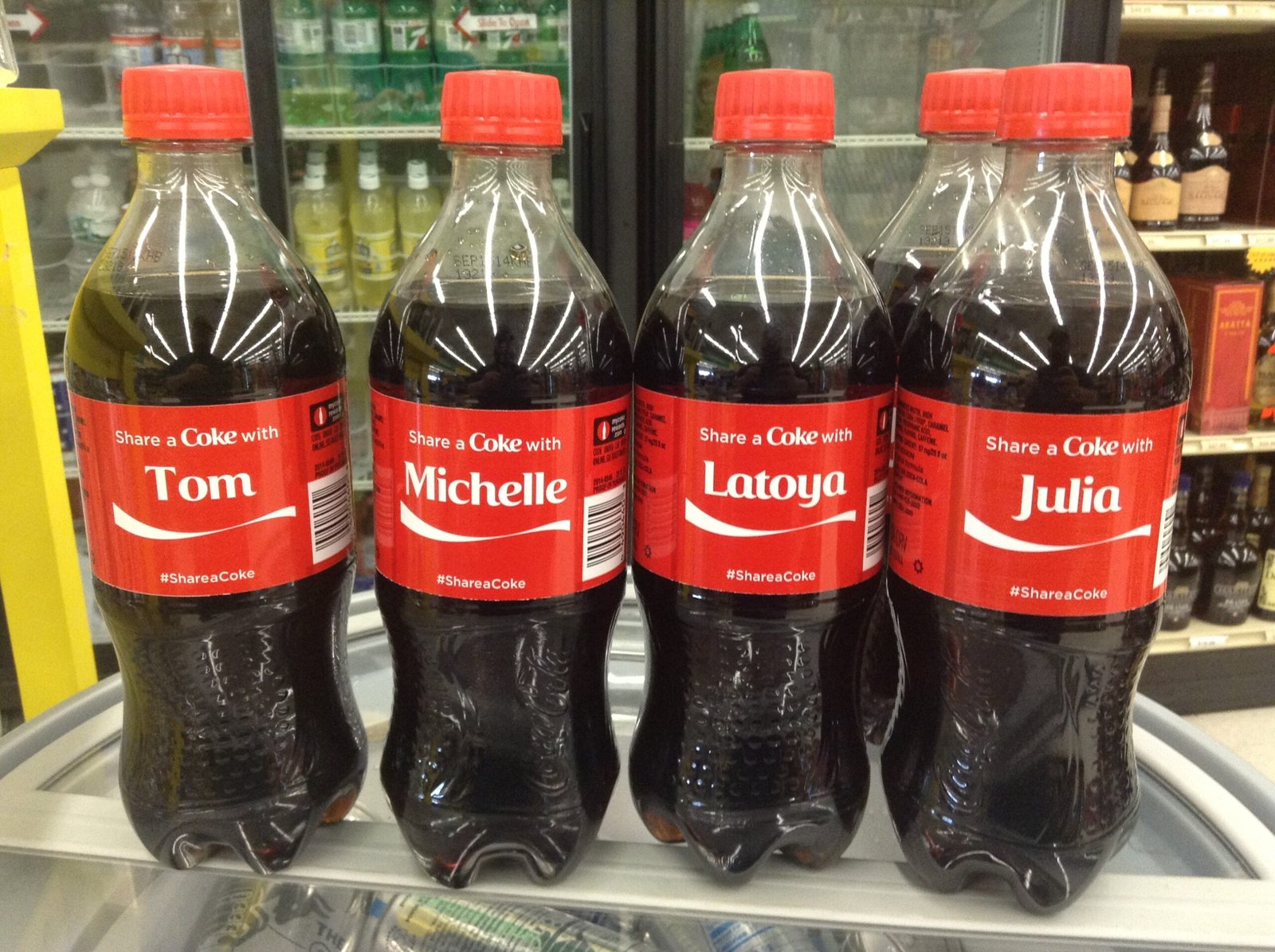
In 2011, Coca-Cola launched the Share a Coke campaign in Australia, which later became a global phenomenon. The campaign involved replacing the traditional Coca-Cola logo on bottles and cans with popular first names and nicknames, encouraging customers to “share a Coke” with someone they know.
The Share a Coke campaign was a massive success, generating significant media attention and boosting sales for Coca-Cola. The campaign was designed to be personal and engaging, tapping into the power of personalization and social connection.
The success of the Share a Coke campaign can be attributed to several factors. First, it was designed to be personal and shareable, using first names and nicknames to create a sense of connection and community around the brand. This made the campaign feel fresh and interesting, and helped to capture people’s attention and generate buzz on social media.
Second, the campaign was innovative and engaging, tapping into the power of personalization and customization. By allowing customers to personalize their Coca-Cola bottles and cans, the campaign created a sense of ownership and pride among customers, and helped to build brand loyalty and engagement.
Finally, the campaign was successful because it leveraged the power of social media to create a sense of community and engagement among fans. By encouraging fans to share photos of their personalized Coca-Cola bottles and cans using the hashtag #ShareACoke, Coca-Cola was able to create a sense of connection and participation around the brand, and to build a loyal and passionate fan base.
GoPro’s Photo of the Day Campaign
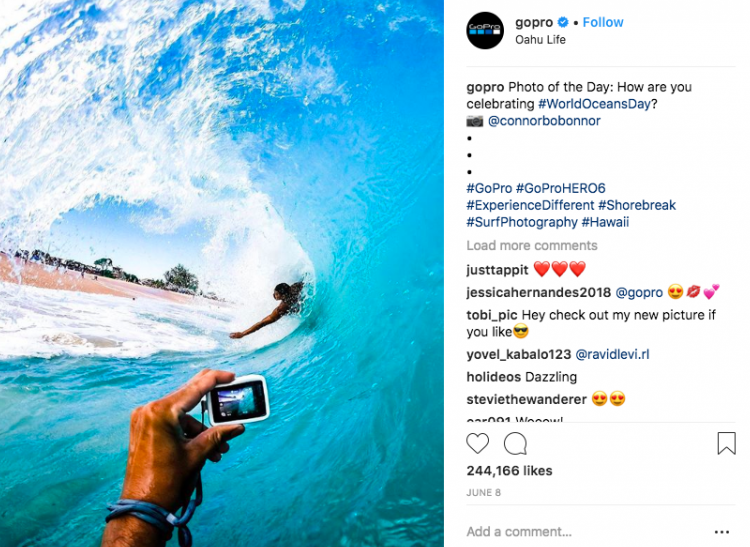
GoPro, the popular action camera brand, launched their “Photo of the Day” campaign back in 2010. The campaign invited GoPro users to submit their best photos and videos captured with their GoPro cameras. The brand then selected the best photo or video each day and shared it on their website and social media channels.
The Photo of the Day campaign was a huge success, generating significant engagement and user-generated content for GoPro. The campaign was designed to be simple and easy to participate in, encouraging users to showcase their creativity and capture stunning photos and videos with their GoPro cameras.
The success of the Photo of the Day campaign can be attributed to several factors. First, it was designed to be accessible and engaging, encouraging users to participate in the campaign by simply submitting their best photos and videos. This made the campaign feel inclusive and community-driven, tapping into the power of user-generated content and social media to create a sense of participation and engagement among users.
Second, the campaign was successful because it leveraged the power of user-generated content to build brand awareness and loyalty. By showcasing the best photos and videos captured with GoPro cameras, the campaign created a sense of pride and ownership among users, and helped to build a loyal and passionate fan base.
Finally, the campaign was successful because it leveraged the power of social media to amplify its reach and engagement. By sharing the best photos and videos on their social media channels, GoPro was able to create a sense of community and participation around the brand, and to reach a wider audience of potential customers.
The ALS Association’s Ice Bucket Challenge
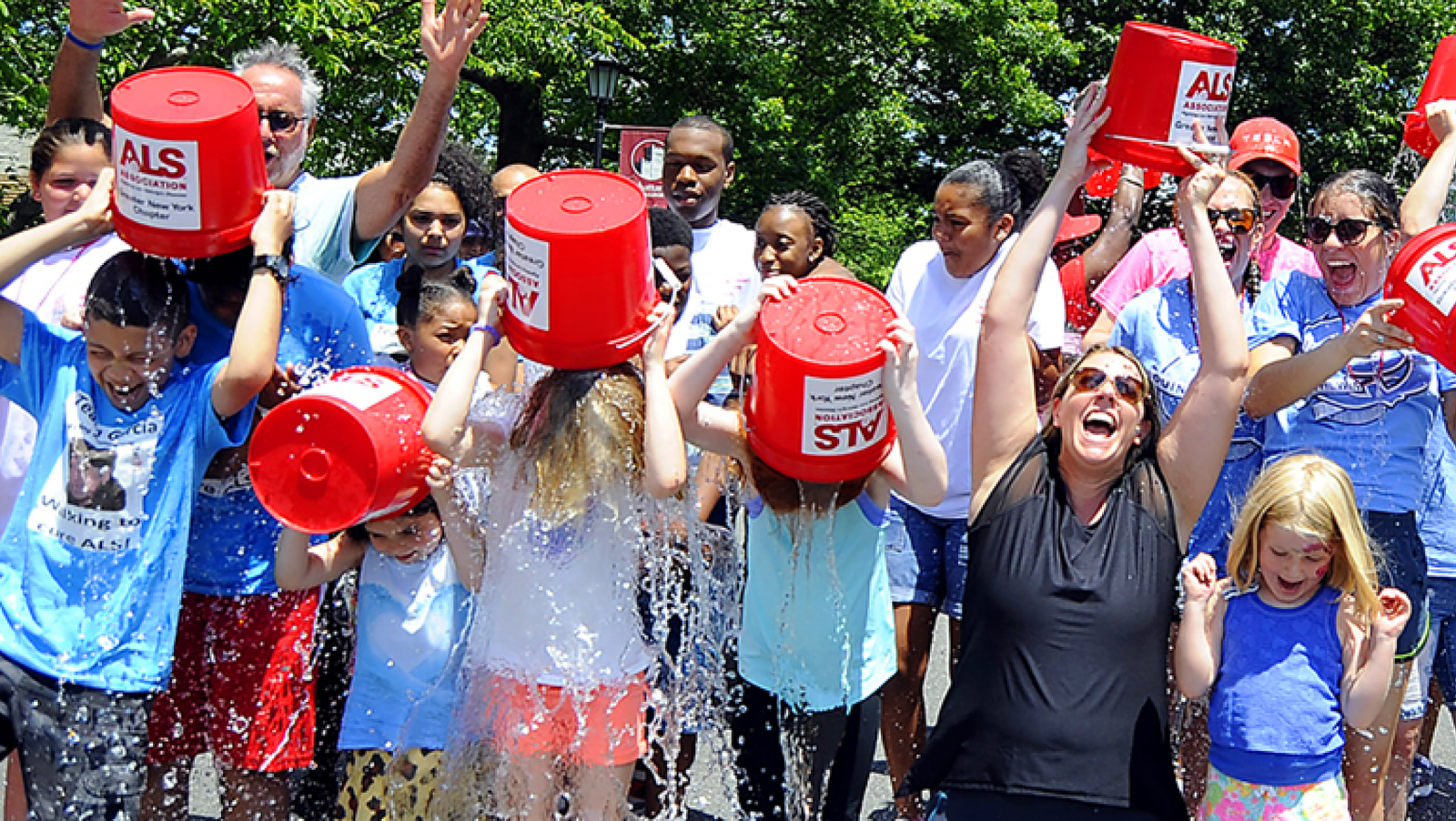
The ALS Association’s Ice Bucket Challenge was a viral social media campaign that took the world by storm in the summer of 2014. The campaign was designed to raise awareness and funds for amyotrophic lateral sclerosis (ALS), also known as Lou Gehrig’s disease, a progressive neurodegenerative disease that affects nerve cells in the brain and spinal cord.
The Ice Bucket Challenge involved people dumping a bucket of ice water over their heads, sharing a video of the act on social media, and challenging others to do the same or make a donation to the ALS Association. The campaign went viral, with millions of people participating and sharing videos of their ice bucket challenges on social media.
The success of the Ice Bucket Challenge can be attributed to several factors. First, it was designed to be simple and easy to participate in, encouraging people to take action and spread awareness about ALS. This made the campaign accessible to people of all ages and backgrounds, and helped to create a sense of community and participation around the cause.
Second, the campaign was successful because it leveraged the power of social media to spread its message and engage a wider audience. By encouraging people to share their ice bucket challenge videos on social media and tag their friends and family, the campaign was able to reach a vast network of people and create a viral sensation.
Finally, the campaign was successful because it was tied to a cause that people cared about deeply. ALS is a devastating disease that affects millions of people around the world, and the Ice Bucket Challenge helped to raise awareness and funds for research and support for those living with the disease.
Nike’s Just Do It Campaign
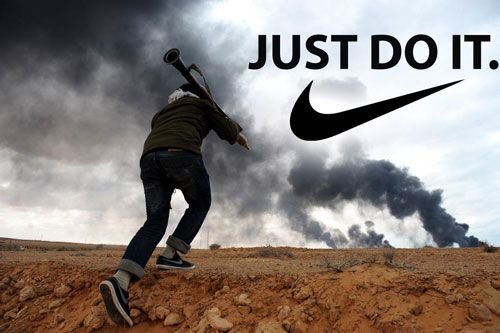
Nike’s “Just Do It” campaign is one of the most iconic and recognizable marketing campaigns of all time. The campaign was launched in 1988 and has since become synonymous with the Nike brand and its ethos of determination, perseverance, and athletic achievement.
At its core, the “Just Do It” campaign was designed to inspire people to take action and pursue their goals, no matter how difficult or challenging they might seem. The campaign was targeted towards athletes and fitness enthusiasts, but its message of determination and resilience resonated with people from all walks of life.
The success of the “Just Do It” campaign can be attributed to several factors. First, the campaign was simple and easy to understand. The message was clear: if you want to achieve your goals, you need to take action and put in the work.
Second, the campaign was aspirational. It positioned Nike as a brand that was committed to helping people achieve their full potential, whether that meant running a marathon, playing professional basketball, or simply getting in shape.
Finally, the campaign was successful because it was supported by powerful imagery and storytelling. Nike’s iconic “swoosh” logo, combined with images of elite athletes pushing themselves to their limits, helped to create a sense of excitement and energy around the brand.
These 10 social media campaigns demonstrate the power of creativity, authenticity, and engagement in social media marketing. By taking inspiration from these campaigns and incorporating their best practices into your own strategy, you can create social media campaigns that resonate with your audience and help achieve your marketing goals.
